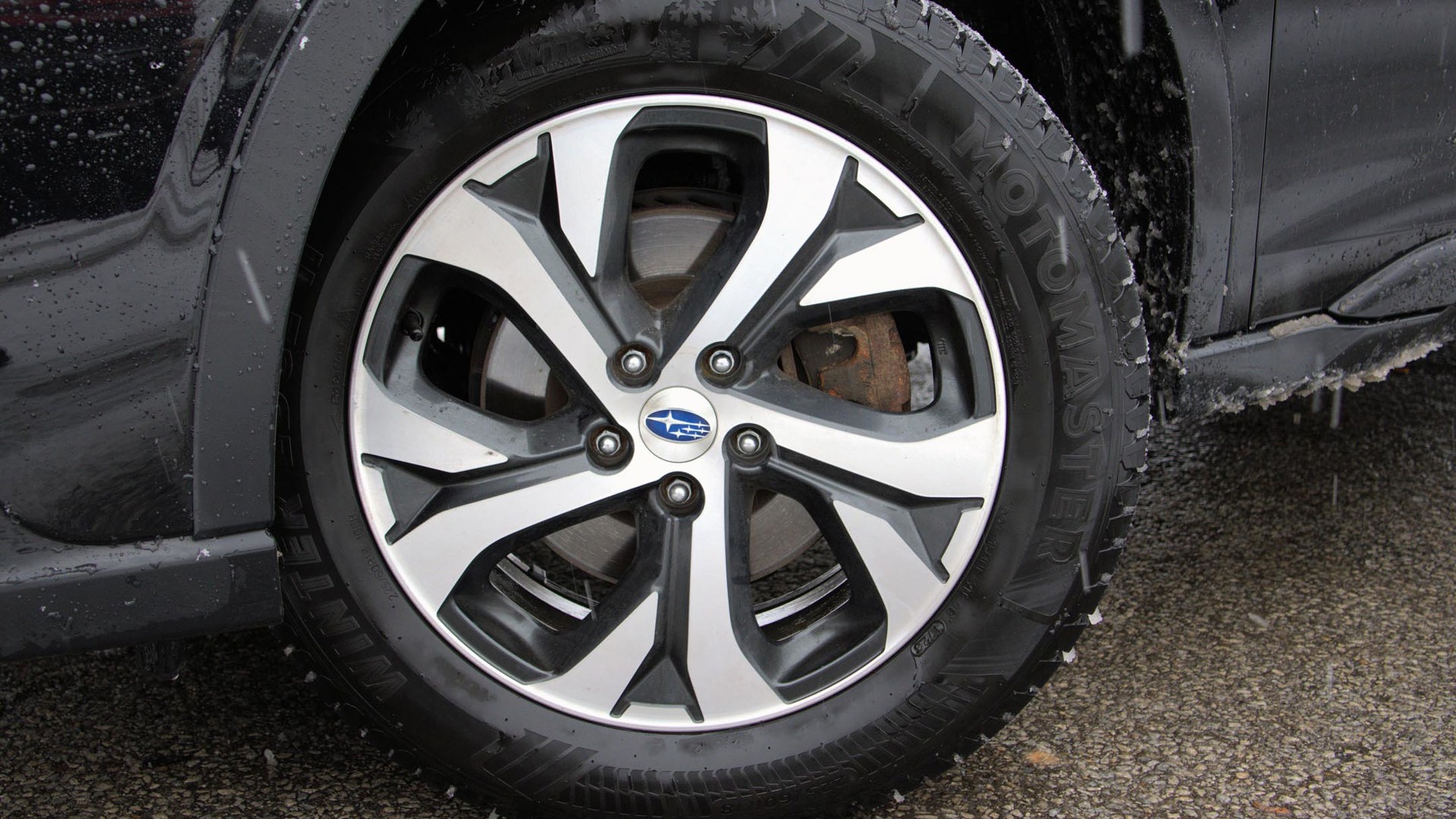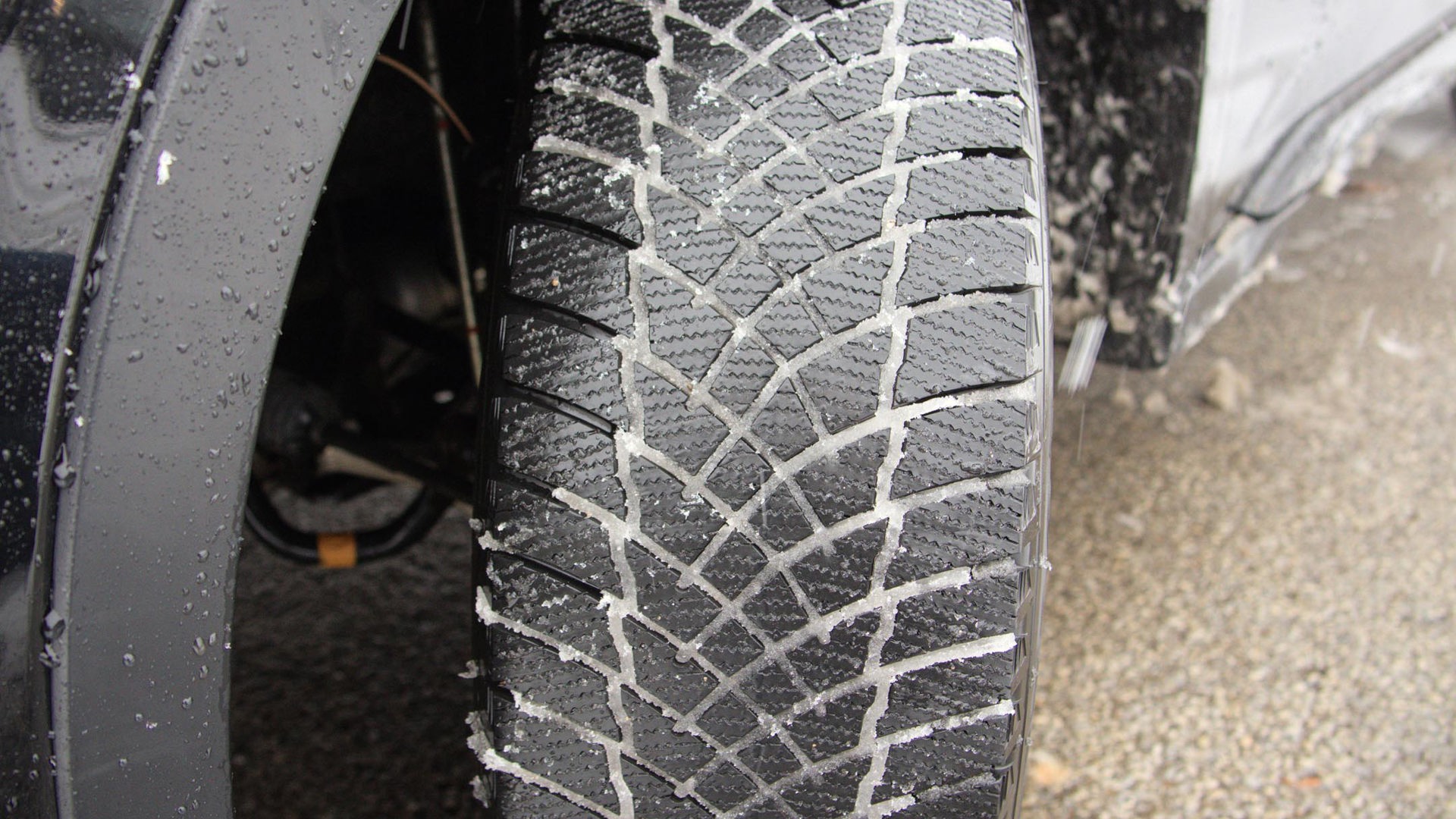Most winter tire reviews point out how essential they are for our snowy and icy seasons, and the reality is that they are imperative whenever the mercury drops.
Often overlooked, however, is how expensive they can be, not to mention how tough they can be to find and have installed – especially during the waning weeks of fall. That’s where the MotoMaster Winter Edge II comes in. Sold at Canadian Tire, it comes in 46 sizes, although the largest wheel diameter it will fit is 19 inches.
Picking the Right Partner
While Canadian Tire sells plenty of stuff under its in-house MotoMaster brand, it doesn’t actually make tires. Instead, Canadian Tire partners with various tiremakers to design and manufacture the rubber. For the original Winter Edge tire, which launched back in 2017 and quickly became the retailer’s most popular winter model, Canadian Tire turned to Cooper Tires. However, the Winter Edge II is made by Hankook.

Hankook might not be in the lexicon in this part of the world, but the Korean company has replaced Michelin as the official tire supplier for Formula E and will replace Pirelli at the 2025 World Rally Championship (WRC). The latest tire brand rankings from Consumer Reports puts Hankook at number six out of 17, ahead of Goodyear but behind Bridgestone.
The Korean-made MotoMaster Winter Edge II borrows a few features from Hankook’s own winter tire range. For example, the sipes (which are little slits in the tire to provide more grip on snow) are arranged in three-dimensional patterns to stay grippy when needed and also rigid to maintain responsiveness, much like those found on Hankook Winter i*Cept iZ2. Additionally, the Winter Edge II features a “spiral booster,” which is a groove in the tread that can help evacuate snow, water, and slush from the tire’s contact patch to improve braking and acceleration – a feature also found on the Winter i*Cept iZ2.
Other elements are common to winter tires, including a V-shaped tread pattern that also helps shed sticky precipitation, grooves on the shoulder for more grip when aggressively cornering, and the three-peak mountain and snowflake symbol that identifies them as proper winter-rated tires, with soft winter compound that will work in colder weather.

Strong Performer
All of this adds up to a solid tire choice. But every winter tire is better than an all-season when temperatures drop. While the old Winter Edge tires delivered strong performance in the snow, the new model was designed to add more confidence on ice. Given the wild swings from rainy to cold weather in the Greater Toronto Area this winter, the Winter Edge II provided excellent control in awful conditions where I struggled to stand up without slipping. The grip in the snow was also very impressive.
However, not everything was perfect. Winter tires come with some compromises. The Winter Edge II was merely average on dry pavement. They were loud, and braking response was delayed and a bit inconsistent. Those are common complaints for winter tires, and perhaps it was this year’s milder winter conditions, but it was certainly noticeable.

Well Priced
The Winter Edge II starts at around $145/each, making it more affordable than top tier options from brands like Michelin, Bridgestone, Goodyear, and Pirelli. They’re even cheaper than the comparable Hankook Winter i*Cept iZ2.
While you can get some exceptional winter tires, they can command exceptionally high prices. You can stay just as mobile, safe, and confident with an affordable set of winter rubber, so don’t discount affordable tires like the MotoMaster Winter Edge II.






